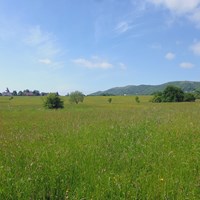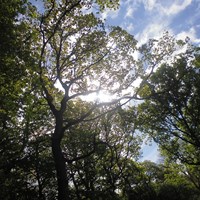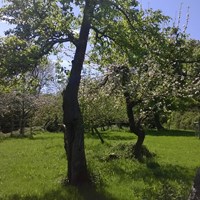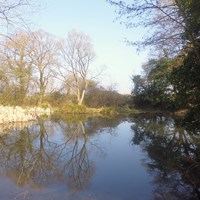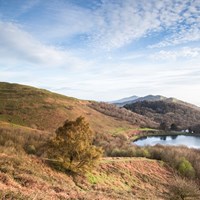From the hilltops to the banks of the River Severn, the lands cared for by Malvern Hills Trust are covered by a variety of different habitats that make an attractive backdrop for people and a home for wildlife.
Habitats
In the last hundred years grasslands have dominated and photographs of the ‘bald hills’ are easy to come by. Today woodlands cover much more of the area making up about a third of the land cover typically at the foot of the Hills and in ancient woodlands such as Park Wood. Above the trees on the mid slopes, work is underway to increase the mosaic of scrub, grass, rock and bracken known as ‘ffridd’ in Wales. This is very characteristic of the Hills and is full of wildlife such as Stonechat, Adder and Small Copper butterfly.
The hilltops and open commons are open, acid grasslands maintained by livestock grazing. In places these grasslands have an element of heath with Bilberry and Common Heather present. They are rare across the country and are protected by two Site of Special Scientific Interest (SSSI).
In 2018 Malvern Common was designated as a SSSI in recognition of the fantastic hay meadow here that are full of orchids in summer.
Other habitats include wildflower meadows, ponds, mire, bog, quarries and orchards. All are carefully managed with a focus on those rarer habitats. All land under the care of the Malvern Hills Trust was surveyed in 2013 to identify the habitats present.
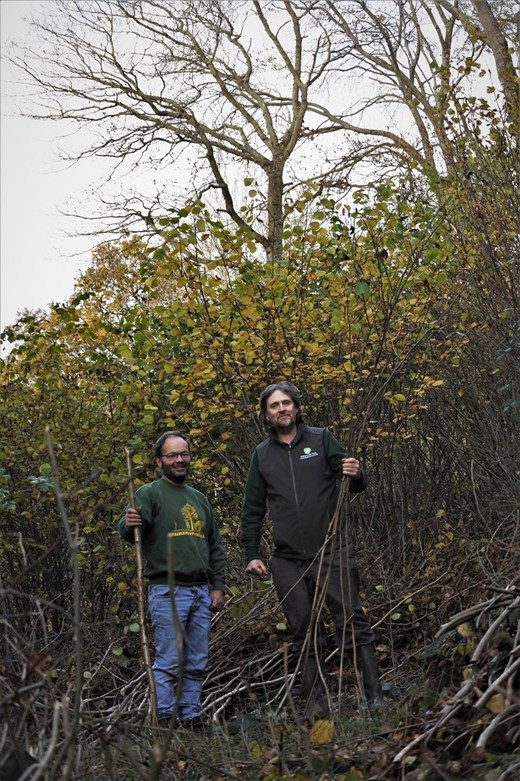
Traditional Woodland Management
Traditional woodland management, including coppicing, is an important way to conserve a diverse woodland habitat full of life.
In Park Wood on the western slopes of the Malvern Hills, we're working in partnership with Malvern Coppicing to continue to manage it in a way to benefit the woodland wildlife.
Coppicing is a low impact traditional method of managing woodlands that provides a mosaic of diverse and valuable wildlife habitats.
Dormice, spotted flycatcher and woodland flora will all benefit from this intervention.
Removing hazel on rotation within the woodland allows light to reach the woodland floor and encourages wildflowers to flourish.
Read our information sheet on the practice and benefits of coppicing at Park Wood.
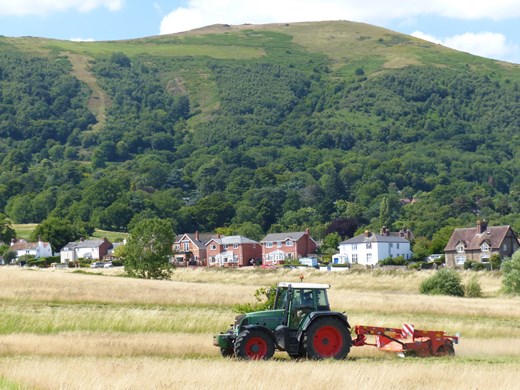
Glorious grasslands
Grassland on the Hills and Commons are managed differently depending on their use and we work to balance the needs of people and wildlife. Some areas are mown regularly for example the football field on Malvern Common, which local people can use.
Other areas are only mown once a year to allow wildflowers to bloom and seed, providing great habitats for small mammals, butterflies and bees.
We've put together a summary of how we manage grasslands.
Hay meadows are an important part of the UK landscape. Find out more about how we're conserving meadows and watch a video below about a recent restoration project.
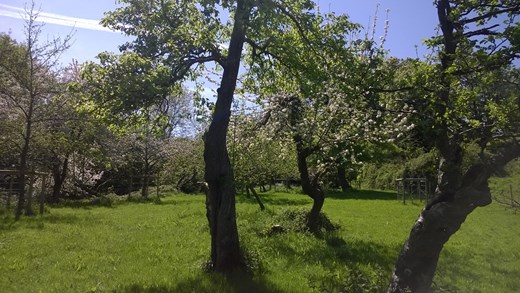
Restoring lost orchards
As well as scattered fruit trees around the Hills and Commons, we also care for three traditional orchards.
The Peoples Trust for Endangered Species reports that 90% of the county's traditional orchards have been lost since the 1950's.
Restoring orchards through the planting of young trees, sensitive pruning and removal of scrub is important in conserving this important habitat.
Our most recent restoration is of Polly's Orchard on the eastern edge of Malvern Common. In 2022, thanks to the Forestry Commission's Urban Tree Challenge Fund, 10 new plum trees have been planted in an old redundant plum orchard. Local varieties have been chosen and the fruit will be available to the Community.
In winter 2022/23 a further two plum trees were planted thanks to a kind donation. These are Malling Elizabeth variety to celebrate the Platinum Jubilee of Queen Elizabeth II.
Spring is one of the best times of year to visit orchards when they are in blossom. Find out about some of the orchards we care for and where to see beautiful blossoms.
You'll also find orchards around the Hills and Commons that aren't under the Trust's care.

